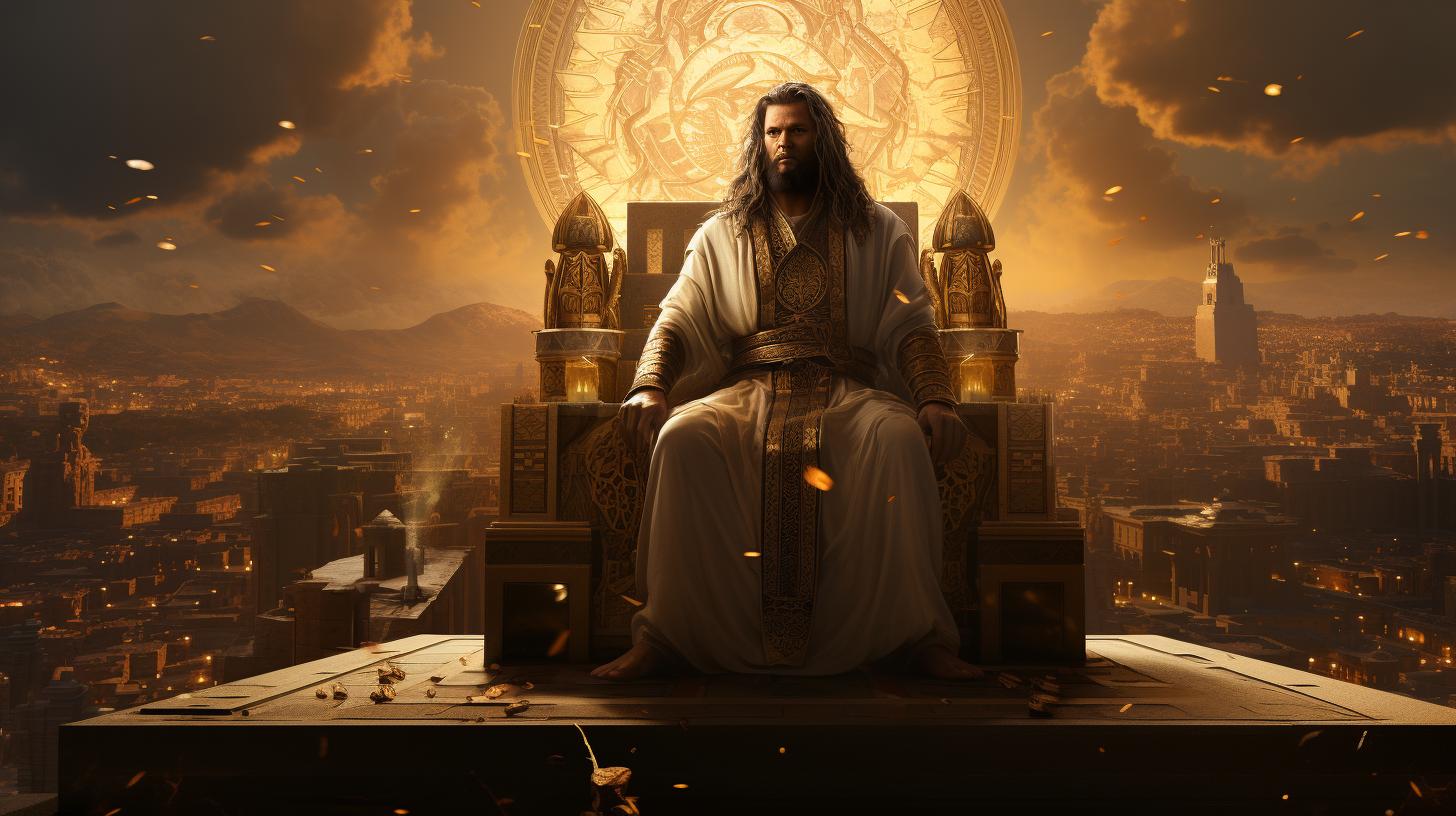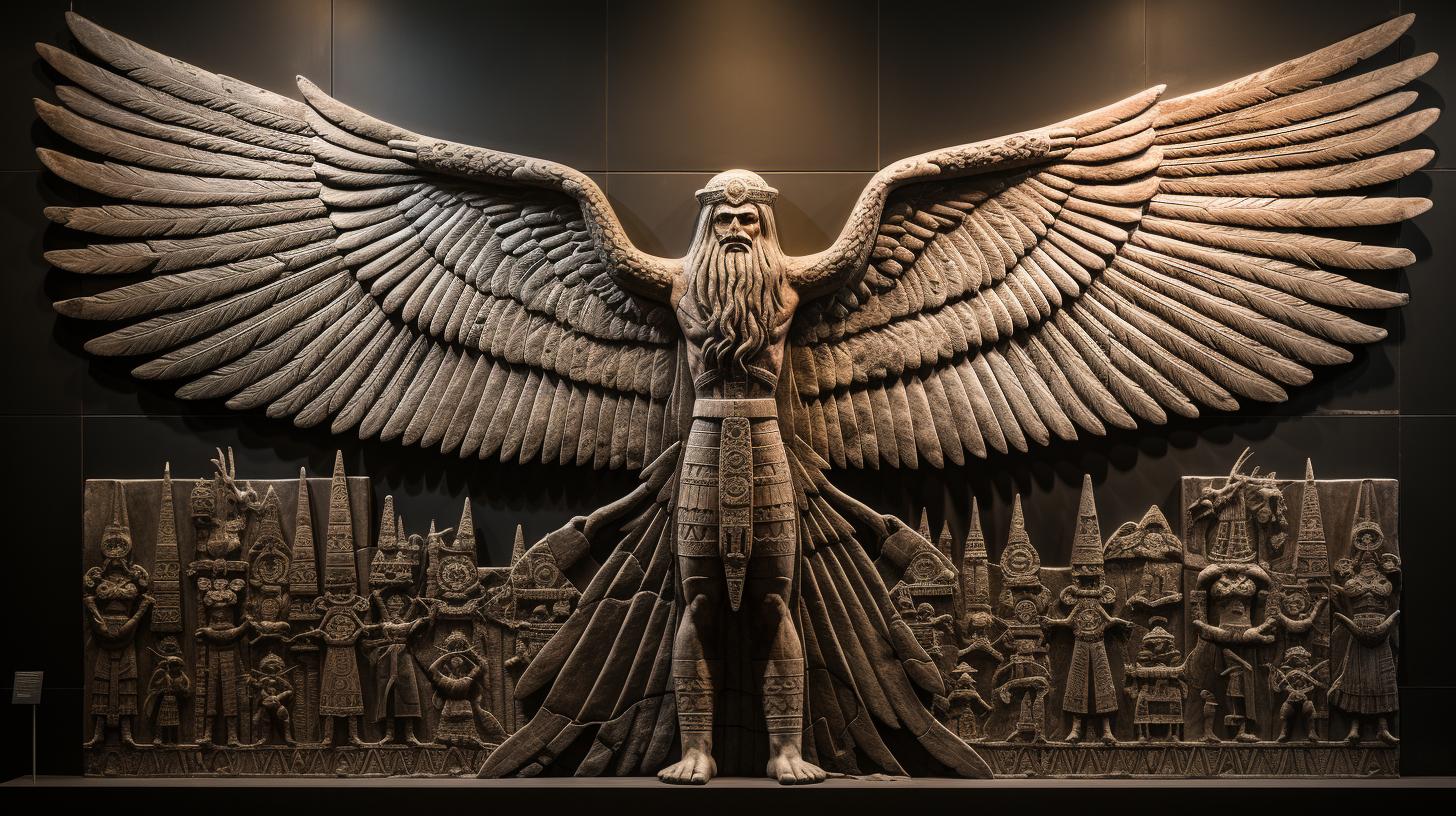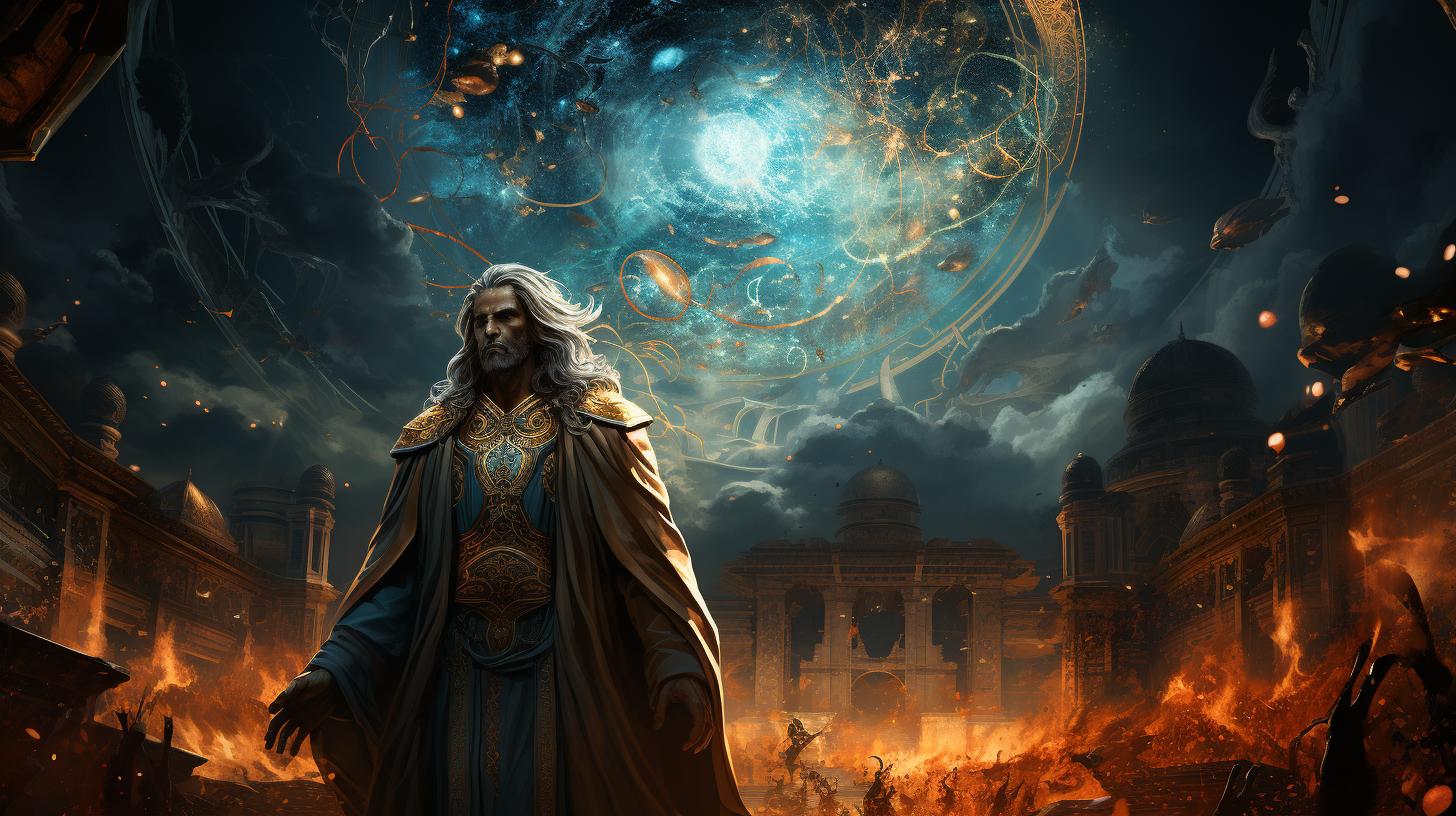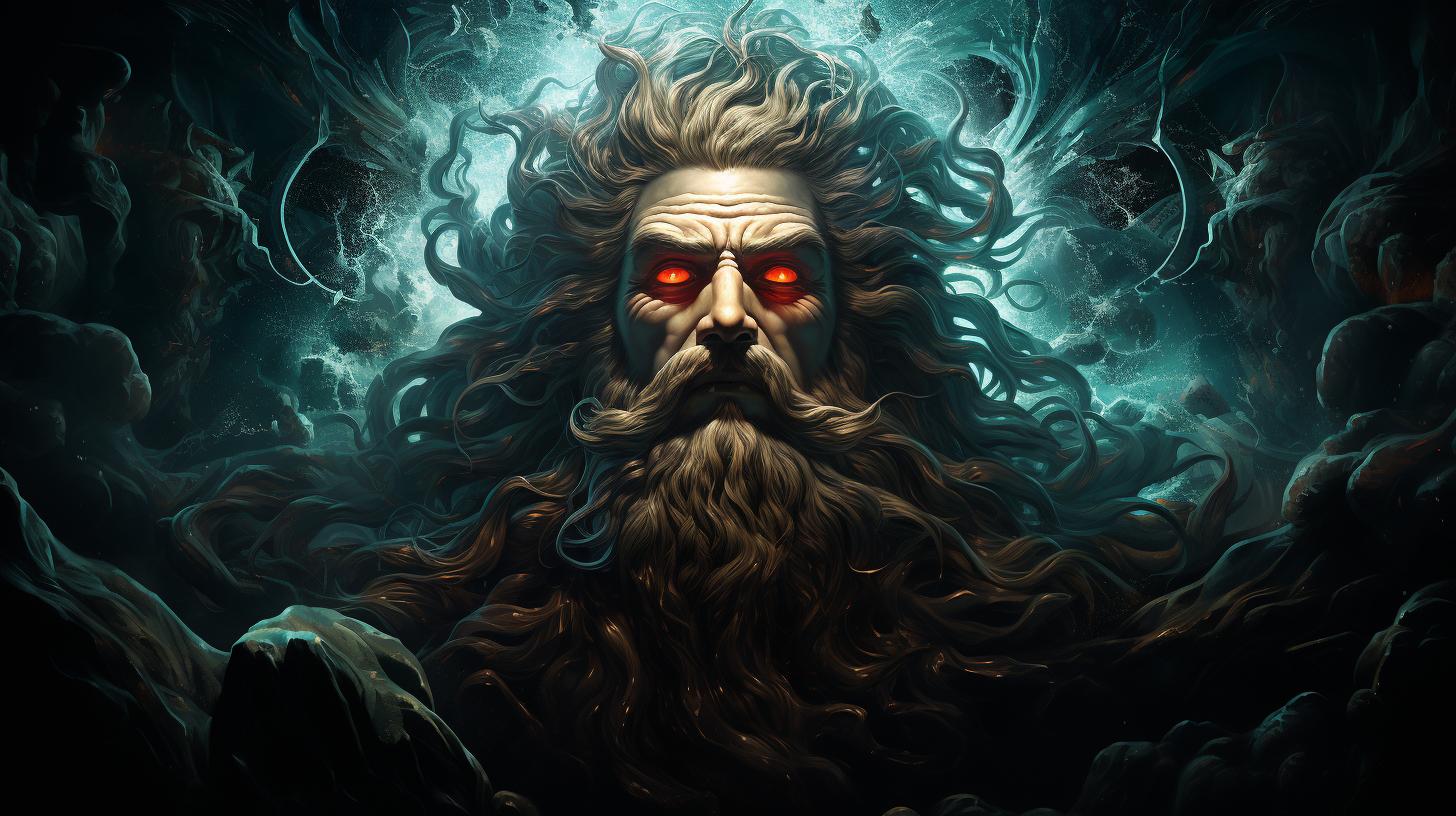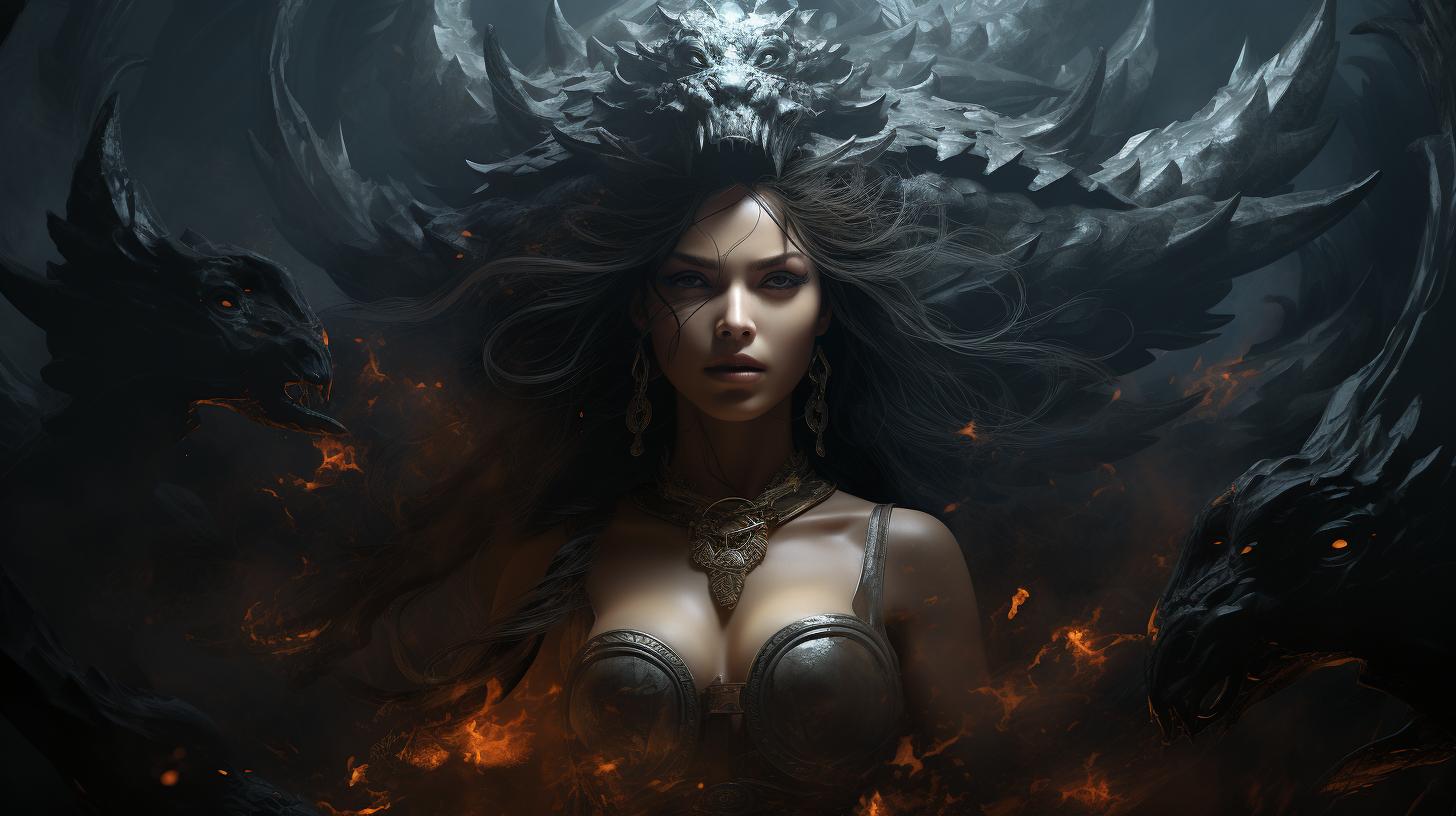Bel Babylonian God: Exploring the Ancient Deity and its Influence in Mesopotamia

Bel Babylonian god holds a significant place in the ancient religion of Mesopotamia. Bel, derived from the Semitic word “baal,” meaning “lord,” was the primary deity in the region.
Originally titled Marduk, the god of storms, he eventually became the ruler of the heavens and earth. Bel’s association with Marduk and their influence in Babylonian society is explored, as well as his rivalry with other gods.
Mentioned in biblical texts like the book of Daniel, Bel’s significance and ongoing research continue to captivate scholars today. This article delves into the rich history and intrigue surrounding Bel, shedding light on his enduring legacy.
Ancient Beliefs of Mesopotamia
In the ancient civilization of Mesopotamia, beliefs and worship played a central role in people’s lives. The rich religious traditions of this region were characterized by a pantheon of gods, each with their own attributes, powers, and responsibilities.
One of the prominent deities revered in Mesopotamian faith was Bel, who held a significant place in the cultural and religious landscape of this ancient civilization.
Bel, deriving from the Semitic word ‘baal,’ meaning ‘lord’ or ‘master,’ was ascribed with great reverence and importance in the religious practices of Mesopotamia.
The belief in Bel can be traced back to ancient Sumerian mythology, where he was recognized as the equivalent of Enlil, the god of Nippur. Over time, as Babylon rose to prominence, Bel assimilated with Marduk, the chief god of the Babylonians.
Bel was highly regarded as the ruler of the gods and held the divine position of being the king of the entire earth. Worship and offerings were dedicated to Bel in magnificent temples, prominently in the city of Babylon.
The followers of Bel sought his favor, protection, and benevolence, believing that he controlled the fate and prosperity of humanity.
The ancient beliefs surrounding Bel were deeply ingrained in the daily lives of worshipers, influencing various aspects of their society, including social order, agriculture, warfare, and the overall well-being of the community.
The people of Mesopotamia relied on the intercession of Bel for blessings, prosperity, and the prevention of misfortunes.
- The worship of Bel intertwined with Mesopotamian rituals and ceremonies, where offerings, prayers, and sacrifices were made to appease the deity and seek his blessings.
- The role of priests and priestesses held great significance in the religious practices associated with Bel, as they acted as intermediaries between the mortal realm and the divine.
- Bel’s influence was not restricted to the religious domain alone; the figure of Bel had implications for political power and kingship, aligning the earthly rulers with the divine authority and underlining their legitimacy as earthly representatives of Bel.
The ancient beliefs of Mesopotamia produced a rich tapestry of religious and cultural practices, with Bel at the heart of this intricate web of worship and devotion.
As we delve deeper into the understanding of Bel and his connection to the Mesopotamian civilization, we unveil a captivating chapter in the rich tapestry of ancient history.
Understanding Bel, the Babylonian God
Origin and Significance of Bel
Bel, the Babylonian god, holds deep roots in ancient Mesopotamian beliefs.
Derived from the Semitic word ‘baal,’ meaning ‘lord,’ Bel served as the principal deity in Mesopotamia. It is believed that Bel’s origins date back to the Sumerian god Enlil, who held significant power in the city of Nippur.
With the ascendancy of Babylon as the dominant city in Mesopotamia, Bel gained prominence and eventually assumed the title of the supreme god. Evidently, Bel’s origin and subsequent significance highlight his crucial role in the religious practices of the region.
Bel’s Role in Mesopotamian Religion
As the chief god of Mesopotamia, Bel played a multifaceted role in religious rituals and cosmological beliefs. Bel was perceived as the divine ruler, governing over both the heavens and the earth.
The Mesopotamians worshipped Bel to seek blessings, protection, and prosperity. Temples dedicated to Bel were constructed in Babylon, serving as centers for religious ceremonies and sacrifices. Through these practices, believers sought to maintain divine favor and establish a harmonious connection with the spiritual world.
Bel’s Association with Marduk
The association between Bel and Marduk, another significant god in Babylonian mythology, is a noteworthy aspect of ancient Mesopotamian beliefs. Originally known as Marduk, the god of storms, he defeated the primal chaos monster Tiamat, establishing himself as the Lord of the Gods.
As Babylon rose to dominance, Marduk merged with Bel, assuming the title and functions of the supreme deity. This fusion solidified the power and influence of both gods, creating a rich and complex mythological narrative that endured for centuries.
Exploring Marduk, the Chief God of Babylon
Within the pantheon of Mesopotamian deities, Marduk emerged as the preeminent god of ancient Babylon. This section delves into Marduk’s distinct attributes and his powerful role in the ancient society.
Marduk’s Transformation and Power
Marduk’s ascent as the chief god of Babylon was marked by his triumph over the primal chaos represented by the monstrous Tiamat. With his victory, Marduk became bestowed with extraordinary power, elevated to the status of Lord of the Gods.
He commanded authority over both the celestial domain of the heavens and the earthly realm, symbolizing his role as the ultimate ruler. Marduk’s immense power and influence were revered by the people of Babylon, who attributed their prosperity and protection to his divine favor.
Marduk’s Temples in Babylon
Marduk’s unparalleled status as the primary deity of Babylon led to the construction of grand temples dedicated to his worship. The most significant among them was the Esagila, an awe-inspiring structure located in the heart of the city.
The Esagila served as the central sanctuary where elaborate rituals and ceremonies were conducted to honor Marduk. Pilgrims from far and wide flocked to this sacred site, seeking blessings, divine guidance, and expressing their devotion to the chief god.
Marduk’s Connection with Jupiter
In Babylonian cosmology, Marduk was associated with the planetary body known as Jupiter. The unique celestial alignment attributed to Marduk and Jupiter sparked interpretations of the god’s authority and influence over cosmic forces.
As Jupiter dominated the night sky, its connection to Marduk reinforced his position as the supreme deity and reinforced the belief in his ability to govern the destiny of humanity.
This celestial association further elevated Marduk’s significance in the religious and astrological traditions of ancient Babylon.
Exploring Marduk’s role as the chief god of Babylon provides insights into the captivating religious beliefs and cultural practices of ancient Mesopotamia.
The transformative power, magnificent temples, and cosmic connections associated with Marduk exemplify the profound influence this deity held over the ancient Babylonians.
Bel Babylonian God Today
Bel, the Babylonian god, continues to have a significant influence on modern understanding and scholarly research. As experts delve deeper into ancient Mesopotamian beliefs, Bel’s role and significance in their pantheon become more apparent.
Let us explore how Bel has made a lasting impact on our knowledge of the ancient world.
Bel’s Influence on Modern Understanding
Bel’s influence on modern understanding of ancient Mesopotamian religion cannot be overstated. Through archaeological discoveries, translations of cuneiform tablets, and comparative studies of various ancient texts, scholars have gained valuable insights into the worship of Bel and his place in society.
These findings have reshaped our understanding of the cultural and religious landscape of ancient Mesopotamia.
Historical Significance and Legacy
Examining Bel’s historical significance reveals his enduring legacy. As the chief god of Mesopotamia, Bel held a prominent position in the religious and political realms. The assimilation of Marduk and Bel by Hammurabi solidified Bel’s importance as the divine ruler of the entire land.
Bel’s prominence can also be seen in the Bible, where references to his rivalry and encounters with biblical figures underscore his lasting impact on religious narratives.
Continuing Debates and Research on Bel
The study of Bel continues to spark debates and fuel ongoing research.
Scholars remain fascinated by the complexities of Bel’s character, his relationship with other gods, and the implications of his assimilation with Marduk. The deciphering of more cuneiform tablets and the exploration of archaeological sites provide new insights and challenge previous assumptions.
As the field of Assyriology evolves, the quest to unearth more knowledge about Bel and his worship persists.
.











